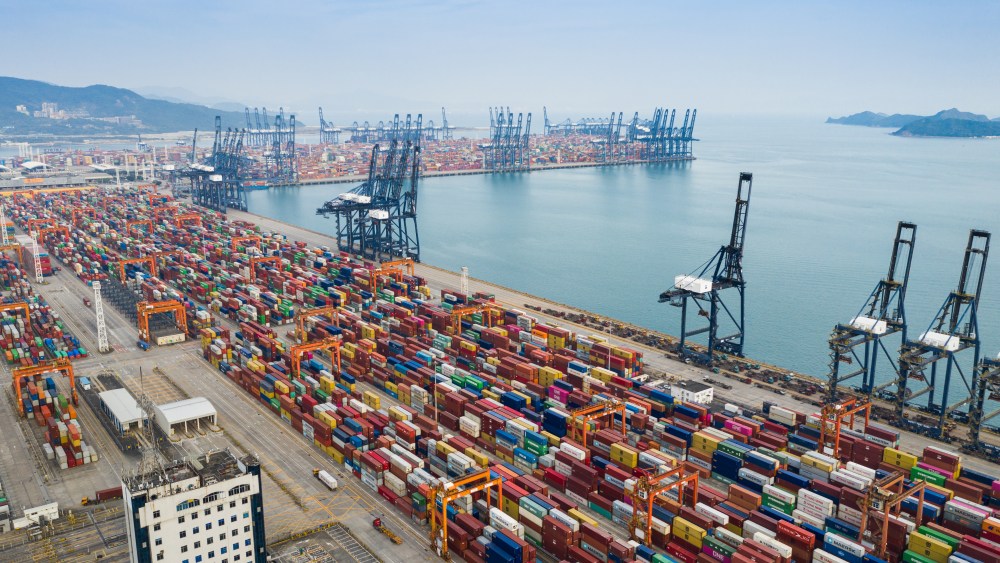In the past year, the beauty sector saw a notable slowdown in mergers and acquisitions (M&A) activity, largely due to changing consumer behavior. With buyers tightening their belts across Asia and hints of diminishing demand emerging in the United States, coupled with numerous shifts in leadership positions within the beauty industry, the market experienced a period of cautiousness. A new layer of complexity was introduced when U.S. policy on tariffs underwent significant changes, further influencing market dynamics. The tariffs, particularly affecting goods imported from China, have raised concerns within the beauty industry, where many essential components, including packaging, originate from that region.
At the start of the month, President Trump announced extensive punitive tariffs affecting roughly 60 countries, which sent shockwaves through the market. However, in a surprising move, he later authorized a temporary 90-day pause with a reduced reciprocal tariff rate of 10%. Despite this easing, the administration did raise import duties on Chinese goods to an alarming 125%. This volatile environment only amplified anxieties among beauty brands and investors, leading to a more conservative approach to M&A. Industry insiders indicated that a number of processes in the beauty sector were being reevaluated in light of the heightened tariff scrutiny.
Sources within the industry expressed concern about this evolving scenario, noting that several beauty companies might even postpone their market strategies due to the ongoing tariff crisis. As one industry expert put it, “The tariffs have put everyone into a bit of a tizzy.” This uncertainty looms large, creating a sense of trepidation among stakeholders who are also grappling with the potential for a prolonged recession. While companies remain active, many are adopting a wait-and-see approach, hoping to gain clarity on the implications of current events before proceeding with major decisions.
Despite the uncertainty surrounding M&A opportunities, several prominent beauty brands, including Rare Beauty and Makeup by Mario, had been exploring market options over the past year without finalizing any deals. Brands like Hailey Bieber’s Rhode recently joined this list, reportedly valuing itself at around $1 billion with sales reaching approximately $200 million. Interestingly, while concerns about the U.S. market grow, some brands seem to be navigating the turbulence more successfully in Europe. For instance, Unilever managed to acquire the sustainable deodorant brand Wild just before the new tariffs were introduced.
As the beauty M&A landscape continues to evolve, some deals are indeed coming to fruition. Companies like Medik8, which is exploring financing options as its revenues are projected to exceed $100 million by 2025, remain attractive prospects. With both strategic players and private equity investors showing interest, the focus has largely pivoted to the geographical origins of sales and manufacturing in this era of heightened tariff scrutiny. Notably, brands like Medik8 have indicated they may be somewhat insulated from U.S.-China tariff tensions due to their predominantly European operations.
Investors are keen to understand the long-term implications of tariffs as they relate to business performance. Marissa Lepor of The Sage Group noted that though tariffs pose a challenge, they shouldn’t completely halt M&A activity. Investors tend to look beyond immediate hurdles, contemplating the potential of brands over a more extended period of five to ten years. This understanding may still allow for strategic acquisitions as long as stakeholders can adjust and prepare effectively, finding assurance that current obstacles will ease with time. In this climate of uncertainty, adaptability has become a crucial asset, as brands and investors alike brace for the evolving landscape of the beauty market.

